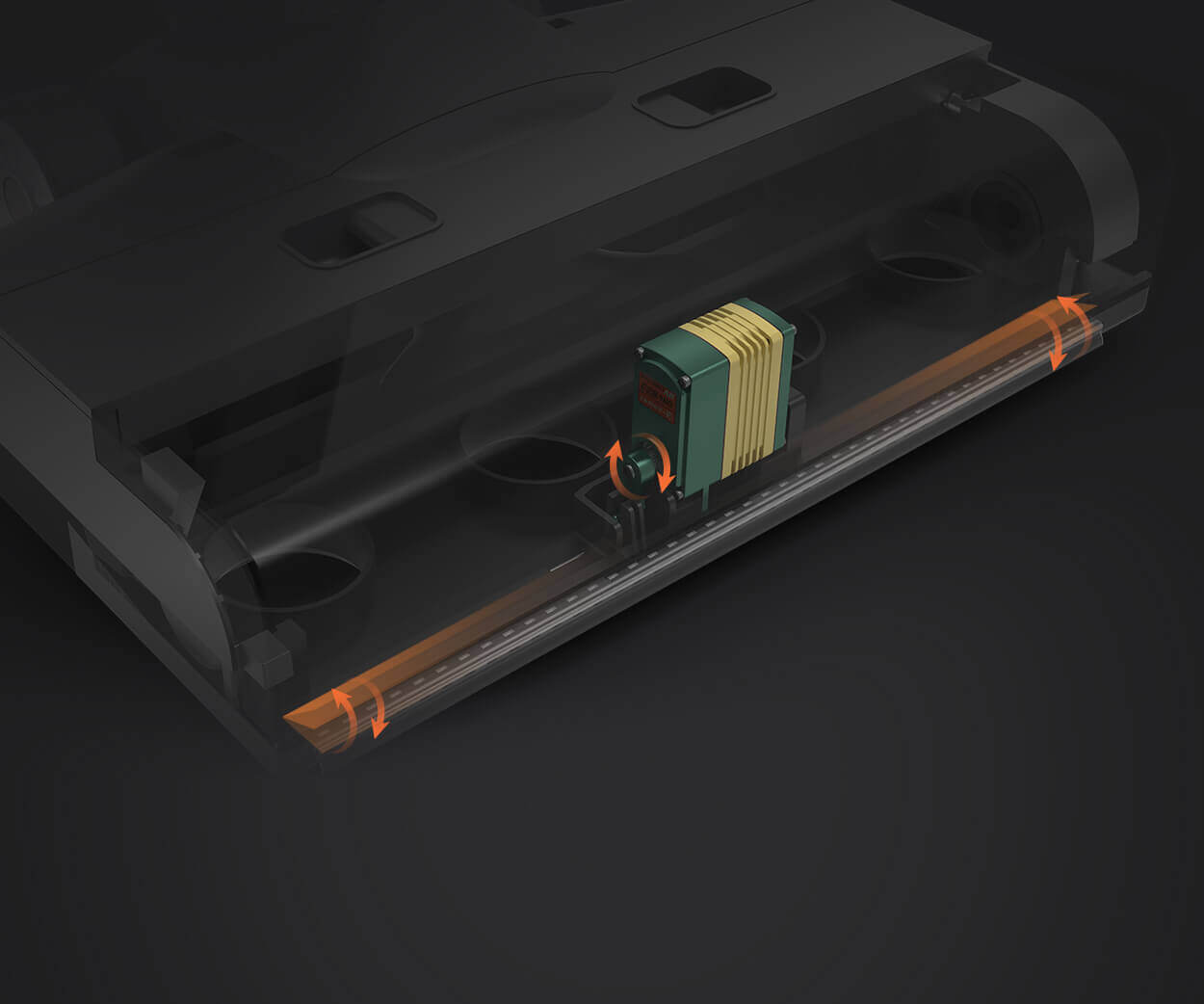Looking to ace that microservices interview? It's like trying to prepare for a date—you want to make a good impression, know what questions might pop up, and feel confident walking in. But let’s be honest, the landscape is constantly shifting—new tools, fresh patterns, and tricky nuances. That’s where a good cheat sheet or point-of-view guide can up your game. Imagine having a pocket-sized map that hits all the major hotspots: key concepts, red flags, and practical insights.

What’s the real deal with microservices? Think of them as tiny islands, each doing its own thing, yet working together seamlessly. When you're asked about this, a quick mental image helps. Maybe it's about how breaking down monolithic architectures sparks agility, or how managing multiple services isn’t just about splitting code but orchestrating a symphony. During interviews, candidates often stumble on questions about scaling, fault tolerance, or database management in those distributed environments. Having clear, crisp points memorized makes a difference.
You know, the questions are often straightforward but layered. Like, "How do you handle inter-service communication?" Make sure to think beyond REST APIs. Maybe about message queues, async processing, or circuit breakers—things that prevent a Domino effect if one service hiccups. When facing "Design a service," try to give a quick rundown—think about data storage, failover strategies, and how to keep things lightweight.
Let’s sprinkle in some perspective. Yes, technical skills matter, but understanding the WHY behind choices? That’s gold. For instance, why pick a particular database for a microservice? Or what’s the trade-off when you choose synchronous over asynchronous calls? That kind of depth shows you’re not just parroting answers but thinking critically.
And"what if" questions pop up, like “How would you handle a partial failure?” If you drop a little scenario about fallback mechanisms or redundancy, you paint a clearer picture. Remember, interviewers want to see problem-solving in action, not just textbook definitions.
Sometimes it’s about the real-world stories. Have you ever worked on a system where a tiny change in one service caused a ripple? That’s the stuff that resonates. Sharing those tidbits in an interview shows you understand the microservices ecosystem's dynamics.
So, cracking that interview isn’t just about memorizing questions. It’s about internalizing the flow, understanding the core principles, and having a few killer examples up your sleeve. A solid “point” or reference guide helps you keep this all straight—gives you the confidence to talk shop smoothly. Ultimately, it’s about showing that you’re ready to handle the chaos and smooth out the bumps in a real-world microservices environment.
Established in 2005, Kpower has been dedicated to a professional compact motion unit manufacturer, headquartered in Dongguan, Guangdong Province, China. Leveraging innovations in modular drive technology, Kpower integrates high-performance motors, precision reducers, and multi-protocol control systems to provide efficient and customized smart drive system solutions. Kpower has delivered professional drive system solutions to over 500 enterprise clients globally with products covering various fields such as Smart Home Systems, Automatic Electronics, Robotics, Precision Agriculture, Drones, and Industrial Automation.




































